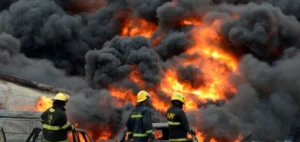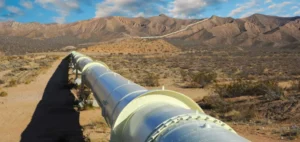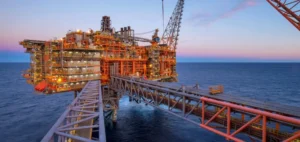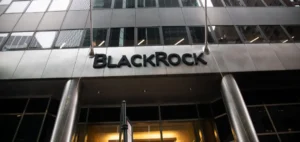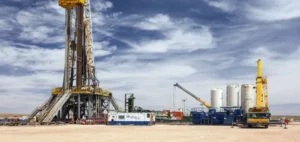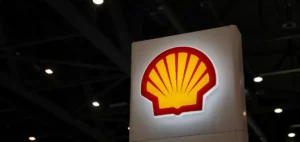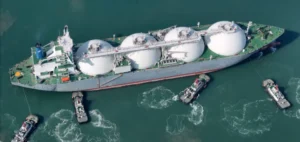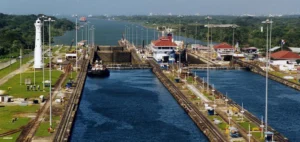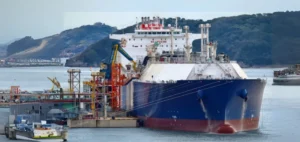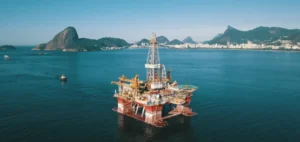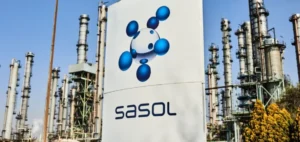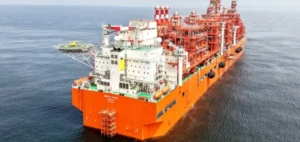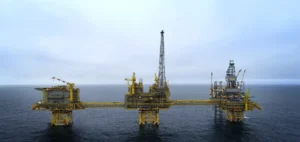The growing importance of artificial intelligence (AI) in various industrial sectors raises crucial questions about the energy sources needed to power this technological revolution.
In this context, Chevron CEO Michael Wirth criticizes the Biden administration’s energy policies, which he sees as detrimental to the natural gas industry.
Wirth highlights the essential role of natural gas, particularly that extracted from the Permian Basin, in meeting the growing energy needs of data centers powering AI.
Wirth points out that new government initiatives to regulate energy for AI data centers could compromise U.S. climate goals.
The White House recently set up a task force on AI data center infrastructure, seeking to align economic and environmental policies.
However, Wirth defends the idea that natural gas, as a low-carbon energy source, is a preferable alternative to coal for meeting AI’s energy demands.
He declares,
“AI’s advance will depend not only on the design labs of Silicon Valley, but also on the gas fields of the Permian Basin.”
The challenges of liquefied natural gas exports
Wirth is also critical of the Biden administration’s decision to suspend approvals for liquefied natural gas (LNG) export projects.
In his view, this pause could lead to higher energy costs and threaten the reliability of supplies.
In January, Biden announced the suspension, a decision welcomed by some environmental groups, but which could delay crucial projects until after the November elections.
Wirth argues that the moratorium on LNG exports could slow the transition from coal to gas, leading to an increase in greenhouse gas emissions.
Chevron’s CEO insists that natural gas plays a key role in reducing global carbon emissions.
He cites data from the International Energy Agency (IEA), which attributes more than a third of global greenhouse gas emissions in 2022 to coal combustion.
Wirth proposes that the switch from coal to gas could be “the most significant carbon reduction initiative in history”.
A call for a stable political environment
In a world where decarbonization has become a priority, Wirth calls for a stable and predictable policy environment to ensure that natural gas remains a reliable source of energy.
He outlines three pillars for a balanced energy future: political support for gas as the key to a low-carbon future, recognition of the progress made in deploying new gas technologies and solutions, and understanding that the energy transition requires unprecedented innovation and collaboration.
Wirth concludes that “the case for natural gas is so strong that only politics can stand in its way”.
This statement highlights the tensions between environmental objectives and economic realities, underlining the need for constructive dialogue between industry players and political decision-makers.
Wirth’s thoughts on the role of natural gas in the energy transition and its importance for AI underline the challenges facing the energy industry.
As companies seek to meet growing energy demand while respecting climate commitments, the need for a balanced and pragmatic approach is becoming increasingly apparent.
Future policy decisions will have a significant impact on how companies can navigate this complex landscape, and the voice of industry leaders like Wirth will be crucial in shaping the energy future.


